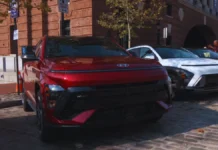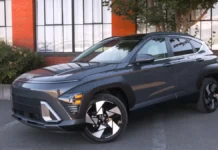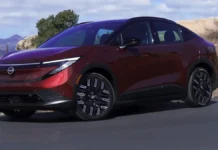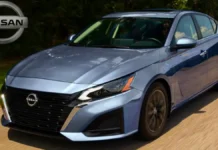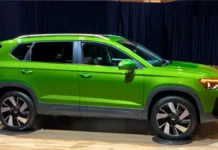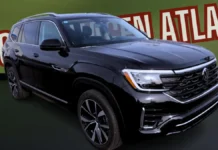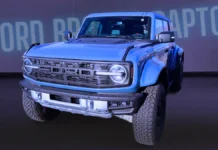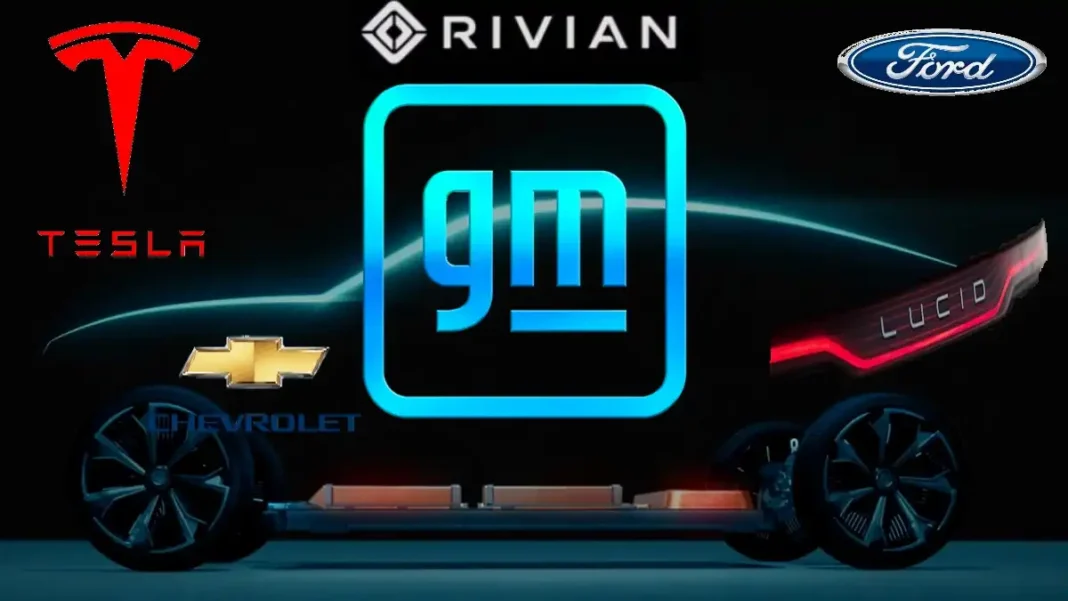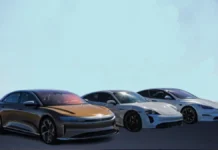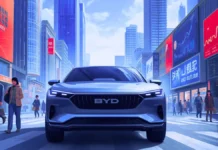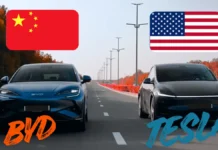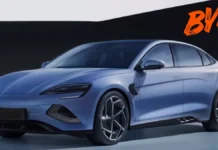The electric car revolution is gaining momentum, and 2025 promises to be a pivotal year for the U.S. automotive industry. With an increasing focus on sustainability, cutting-edge technology, and consumer demand, manufacturers are set to release a wave of new electric vehicles (EVs) that will reshape the market. This shift represents more than just a change in how cars are powered, it’s a transformation of the entire driving experience.
Table of contents
- Why 2025 Is a Key Year for EVs
- Overview of the Current EV Market
- Leading Manufacturers in 2025
- Affordability and Mass-Market new electric vehicles (EVs)
- Challenges Facing the 2025 electric vehicles (EVs) Market
- The Environmental Impact of New Electric Cars
- Incentives and Policies for new electric vehicles (EVs) Adoption in 2025
- 2025: The Year new Electric car Revolutionize the U.S. Auto Market
- FAQs
Why 2025 Is a Key Year for EVs
2025 is set to be a critical year for electric vehicles for several reasons. First, global environmental regulations are tightening, pushing automakers to ramp up EV production. The U.S. government has also implemented stricter emissions standards, encouraging the adoption of cleaner energy vehicles. Additionally, battery technology is expected to reach new levels of efficiency, improving range and charging times, which will address a major concern for potential EV buyers. These factors make 2025 the perfect storm for new electric cars to take the spotlight.
Overview of the Current EV Market
The U.S. electric car market has grown steadily over the last decade. In 2023, EVs made up approximately 7% of new car sales, but that number is expected to skyrocket by 2025. This growth is driven by several factors, including improved battery technology, a broader range of models, and increasing consumer awareness of climate issues. Tesla remains a leader in the space, but traditional automakers like Ford and GM are quickly closing the gap with new models aimed at various segments of the market, from luxury vehicles to affordable mass-market options.
Leading Manufacturers in 2025
By 2025, traditional automakers like Tesla, General Motors (GM), Ford, and rising EV startups will dominate the U.S. electric vehicle market. These manufacturers are investing heavily in electric technologies, aiming to capture a larger share of the growing EV demand. Tesla is still expected to lead the pack, but with competitors rolling out innovative models, 2025 will offer buyers an impressive range of options.
New Electric Cars from Tesla
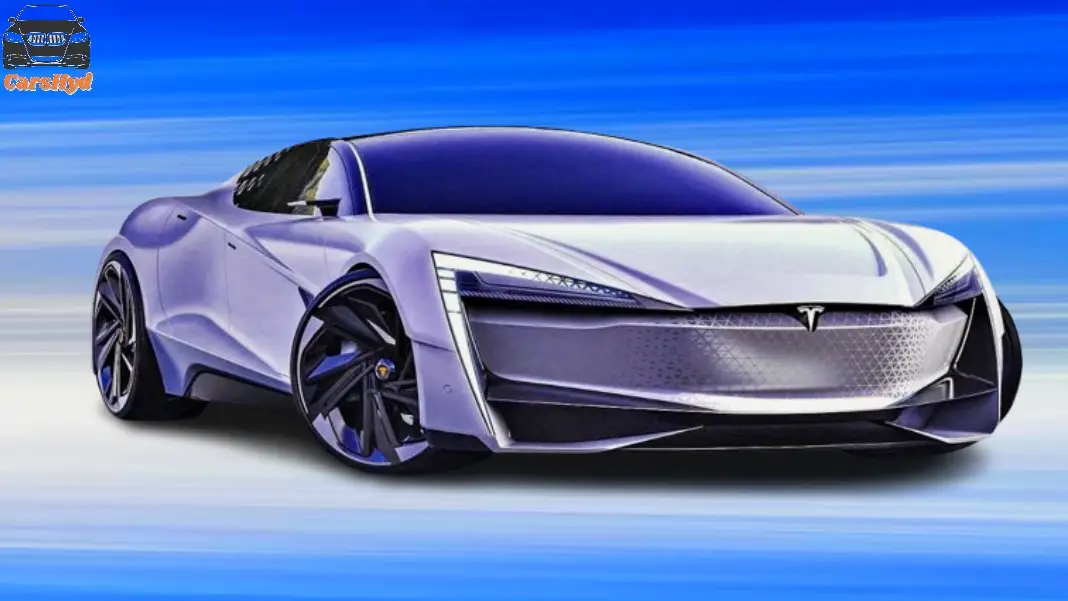
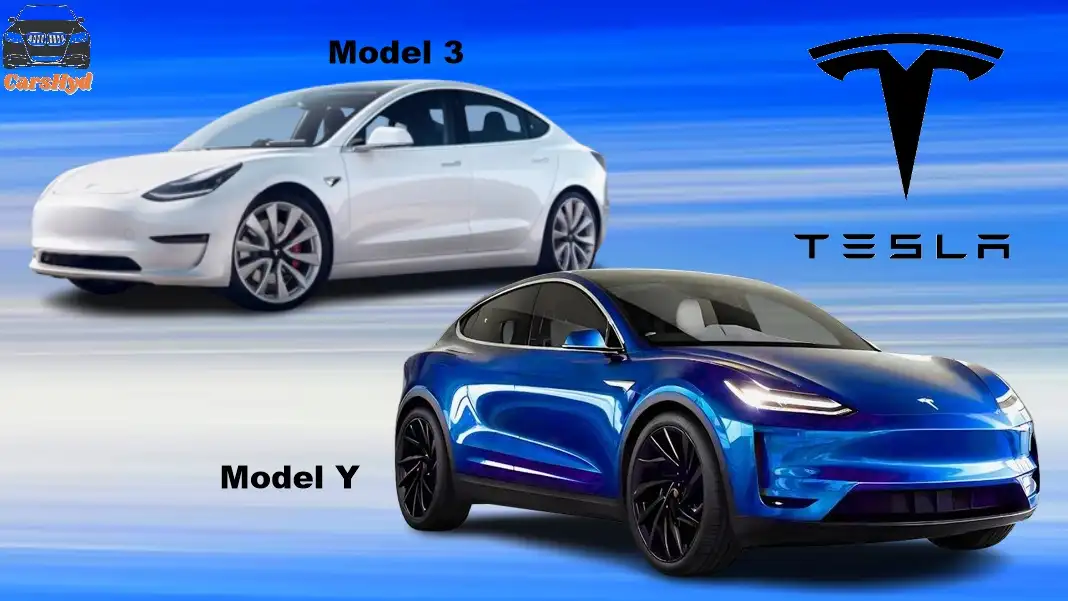
Tesla will continue to dominate the EV market in 2025. First, we can expect new models and updates to their current lineup. The Model 3 and Model Y will both get updates, making them more affordable and energy-efficient. Moreover, Tesla might launch a new entry-level car, which could make EV ownership more accessible. This move will attract a wider range of consumers. Additionally, the highly anticipated Cyber truck will finally be available. As a result, consumers will have a powerful electric truck option that could compete with traditional gas-powered trucks. This model is expected to be a game-changer in the truck market. With these innovations, Tesla will likely maintain its lead in the electric vehicle space. Each new release will appeal to both budget-conscious buyers and those seeking high performance.
GM’s 2025 Electric Car Lineup


General Motors (GM) has big plans for 2025. First, it aims to become a major player in the electric truck and SUV market. The all-electric Hummer, which debuted in 2023, will be joined by other key models. Notably, the Chevrolet Silverado EV and the GMC Sierra EV will attract a wide range of buyers. From city commuters to off-road adventurers, these electric trucks will appeal to diverse audiences. In addition, GM is focusing on more affordable electric cars under its Chevrolet brand. This will ensure there’s an option for everyone in 2025. Moreover, these new models will make electric vehicles accessible to a larger group of consumers. GM’s lineup will include both high-performance trucks and budget-friendly EVs. With these plans, GM is positioning itself as a leader in the electric vehicle space.
Ford’s EV Innovations for 2025
Ford, one of America’s most iconic automakers, is making significant strides in the electric vehicle space. By 2025, Ford plans to have several new electric models on the road, including the all-electric version of its best-selling F-150 truck. This EV is expected to maintain the rugged reliability of the F-150 while offering zero emissions. Ford will also continue to expand its Mustang Mach-E lineup, appealing to both performance enthusiasts and eco-conscious consumers.
Rivian and Lucid’s 2025 Plans

Startups such as Rivian and Lucid Motors are set to impact the 2025 EV market significantly. Rivian, recognized for its electric trucks and SUVs, plans to broaden its lineup. Their new models will cater to adventure enthusiasts and off-road driving. Meanwhile, Lucid Motors is concentrating on the luxury electric segment. The Lucid Air, which has already redefined range and performance, will see new versions in 2025. These updates will offer additional features aimed at high-end buyers. Thus, Rivian’s and Lucid’s plans will cater to distinct market segments. Rivian will appeal to those seeking rugged, adventure-ready vehicles, while Lucid will target consumers desiring luxury and cutting-edge technology. As a result, both companies are expected to make a significant impact on the EV landscape. In summary, Rivian and Lucid Motors are poised to advance the electric vehicle market with their upcoming offerings.
Electric SUVs and Trucks in 2025

SUVs and trucks are the fastest-growing segments in the electric vehicle market. In 2025, consumers can expect a variety of new electric models in these categories, with features tailored to meet the demands of the American driver. From the rugged Rivian R1T to Ford’s F-150 Lightning, electric trucks will provide power and performance without the environmental impact of traditional gas-powered vehicles. Meanwhile, electric SUVs from manufacturers like Tesla, GM, and Rivian will offer spacious interiors, advanced technology, and longer battery ranges.
Luxury Electric Cars in 2025
Luxury electric cars will be a key segment in 2025, with brands like Lucid Motors, Tesla, and Mercedes-Benz leading the way. These high-end vehicles will feature the latest in autonomous driving technology, cutting-edge battery systems, and premium materials. The Lucid Air, for example, is expected to push the boundaries of EV performance, offering over 500 miles of range on a single charge while maintaining a luxurious interior. Tesla’s updated Model S will continue to dominate this space, with improvements in range, speed, and autonomous capabilities.
Affordability and Mass-Market new electric vehicles (EVs)
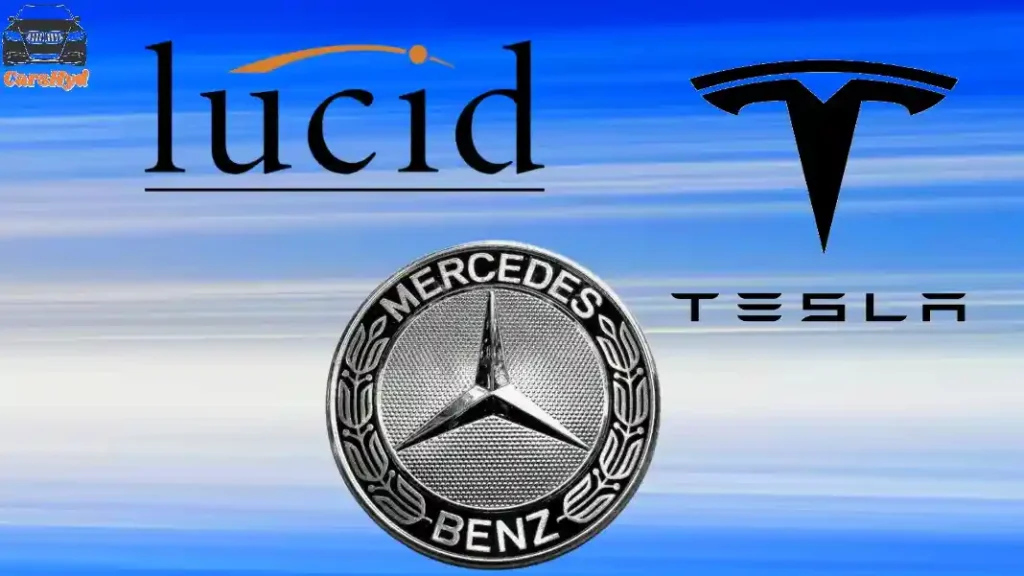
One major hurdle to EV adoption has been their cost. However, by 2025, manufacturers are expected to introduce a variety of affordable electric cars. Brands like Chevrolet, Hyundai, and Nissan are working on low-cost EVs aimed at the mass market. These vehicles will provide decent range and features while being more budget-friendly. Consequently, this will make it easier for the average consumer to switch to electric. Additionally, these advancements are likely to play a crucial role in boosting EV adoption. By offering more affordable options, the transition to electric vehicles should become more accessible. Overall, the future looks promising for EVs, thanks to these efforts to lower prices and enhance accessibility. This progress is set to significantly increase the number of people willing to choose electric cars. In summary, the expected developments will likely accelerate the shift toward electric vehicles
Battery Technology Advancements
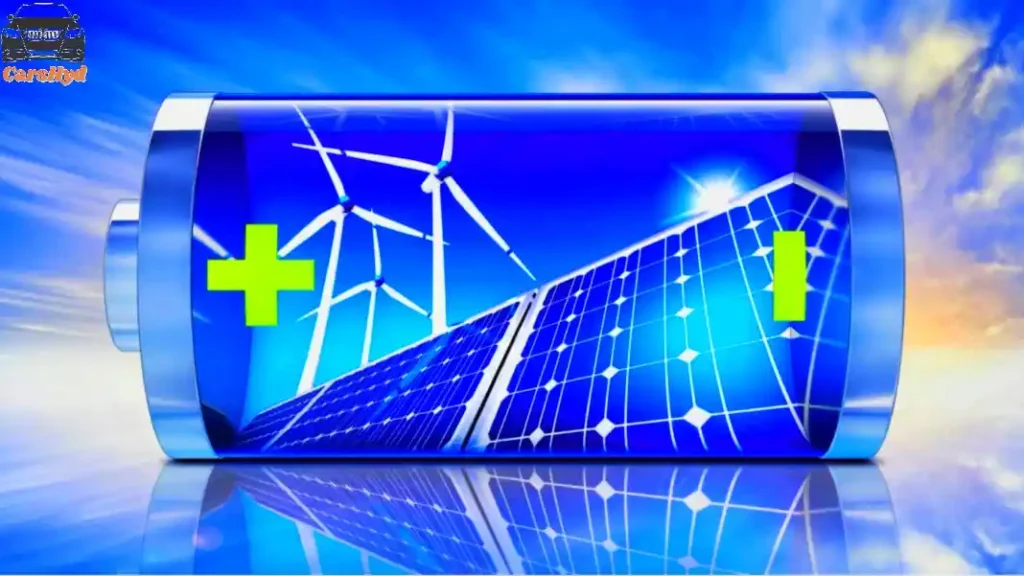
Battery technology is advancing quickly. By 2025, we will see major improvements in both energy density and charging speed. New materials, like solid-state batteries, are expected to increase range and reduce charging times. These advancements will make electric vehicles (EVs) more practical for everyday use. Furthermore, ultra-fast charging networks are being developed. As a result, EV owners will be able to recharge their cars much faster. This will address one of the biggest concerns about electric cars-range anxiety. Drivers will no longer worry about long waits at charging stations. Additionally, these innovations will make EVs more appealing to a wider audience. With faster charging and longer battery life, electric vehicles will become more efficient and convenient. Overall, the future of battery technology in 2025 looks promising, boosting the adoption of EVs.
Autonomous Driving and EVs
Autonomous driving technology is growing rapidly, and 2025 will see it merge with electric vehicles (EVs). Many new EVs will feature advanced driver assistance systems (ADAS). These systems will include functions like self-parking and lane-keeping. Some models will even offer full self-driving capabilities. Tesla’s Full Self-Driving (FSD) software is expected to lead this shift. However, it will face tough competition from other automakers. GM, for example, is also developing its own autonomous technology. This rivalry will push innovation further, benefiting consumers. With these advancements, driving will become safer and more convenient. Autonomous features will also reduce driver fatigue on long trips. The convergence of electric vehicles and autonomous technology is set to change the future of driving. By 2025, this combination will become a key selling point for new cars, making the driving experience more enjoyable and futuristic.
Charging Infrastructure Growth
As more electric vehicles hit the road, the demand for charging stations will grow rapidly. By 2025, the U.S. will see a major expansion in charging infrastructure. This will include more public stations, along with ultra-fast chargers. These fast chargers can power up an EV in just minutes, making long trips more convenient. Leading companies like Tesla, Charge Point, and Electrify America are spearheading this growth. They’re expanding their networks to cover more areas, ensuring EV drivers can travel without worry. This increase in charging points will make EV ownership more practical. With improved infrastructure, electric cars will become more accessible to everyone. Drivers will no longer have to plan routes around limited charging stations. The growth of these networks will support the rising popularity of electric vehicles, helping them become a mainstay on U.S. roads.
Challenges Facing the 2025 electric vehicles (EVs) Market
Despite the rapid growth of the electric vehicle market, there are still several challenges that manufacturers and consumers will face in 2025. Supply chain disruptions, particularly for key materials like lithium and cobalt, could limit the production of batteries. Additionally, while charging infrastructure is expanding, rural areas may still lack sufficient coverage, creating barriers for widespread EV adoption. Finally, educating consumers about the benefits of electric vehicles and dispelling myths about range and performance will be critical.
The Environmental Impact of New Electric Cars
One of the primary motivations for adopting electric vehicles is their potential to reduce greenhouse gas emissions. By 2025, new electric cars are expected to play a significant role in helping the U.S. meet its climate goals. With zero tailpipe emissions, EVs reduce air pollution and lower the carbon footprint of personal transportation. Additionally, as the grid becomes more reliant on renewable energy sources, the environmental benefits of electric vehicles will only increase.
Incentives and Policies for new electric vehicles (EVs) Adoption in 2025
The U.S. government is vital in promoting electric vehicle (EV) adoption. By 2025, federal and state incentives, like tax credits and rebates, will help make EVs more affordable. As a result, more consumers will be able to switch to electric vehicles. Additionally, new regulations focused on reducing emissions will push the transition even further. These policies will motivate automakers to expand their electric vehicle offerings. Furthermore, programs aimed at growing the charging infrastructure will make EV ownership more convenient. More charging stations will be available, allowing drivers to travel longer distances with ease. Overall, these government actions will greatly support the growth of the EV market. With incentives and improved infrastructure, electric cars will become more accessible to the general public. This will significantly boost the adoption of EVs across the U.S.
2025: The Year new Electric car Revolutionize the U.S. Auto Market
2025 will be a pivotal year for the electric vehicle (EV) market in the U.S. A variety of new models will hit the market, featuring the latest technology. Consumer demand is on the rise, pushing electric cars closer to becoming the preferred mode of transportation. Automakers are continuously developing innovative features to make EVs more appealing. At the same time, government incentives will help make these vehicles more affordable for the average consumer. This combination of innovation and support is transforming the automotive industry. As a result, electric cars will likely become a dominant force on U.S. roads. The future of driving is electric, and 2025 will be the year when this shift truly takes hold. Get ready for a new era in transportation as EVs lead the way toward a cleaner, more efficient future.
FAQs
What are the key new electric cars expected in 2025?
Some of the most anticipated electric cars in 2025 include updated models from Tesla, such as the Cyber truck and a more affordable entry-level car, as well as electric trucks and SUVs from General Motors, Ford, Rivian, and Lucid Motors.
Why is 2025 such an important year for electric vehicles?
By 2025, electric vehicles will benefit from stricter emissions regulations, advancements in battery technology, and increasing consumer demand for sustainable transportation. This year marks a pivotal point where EVs are expected to become more mainstream.
Will there be affordable electric cars in 2025?
Yes, manufacturers like Chevrolet, Hyundai, and Nissan are developing lower-cost electric vehicles aimed at the mass market. These affordable EVs will help make electric car ownership more accessible to a broader range of consumers.
How far can new electric cars travel on a single charge in 2025?
Thanks to advancements in battery technology, many new electric cars in 2025 will have significantly improved ranges, with some luxury models expected to exceed 500 miles on a single charge.
What challenges will the electric vehicle market face in 2025?
Key challenges include supply chain issues, particularly for materials like lithium and cobalt, the need for more widespread charging infrastructure, especially in rural areas, and consumer education about the benefits of electric cars.
How will government policies influence electric vehicle adoption in 2025?
The U.S. government is expected to continue offering tax credits, rebates, and other incentives to make electric vehicles more affordable. Additionally, stricter emissions regulations and expanded charging infrastructure will further encourage EV adoption.


